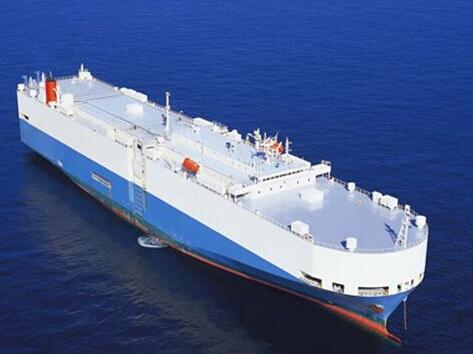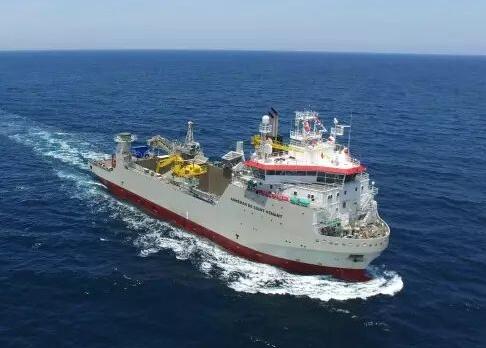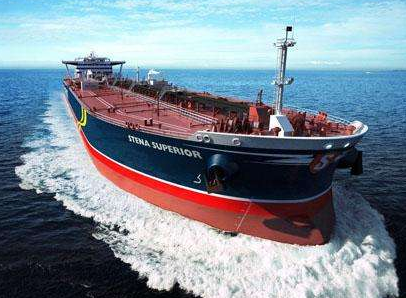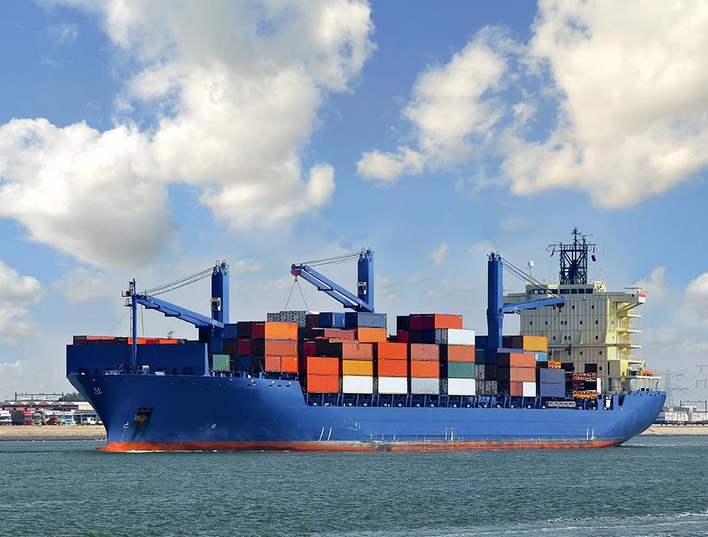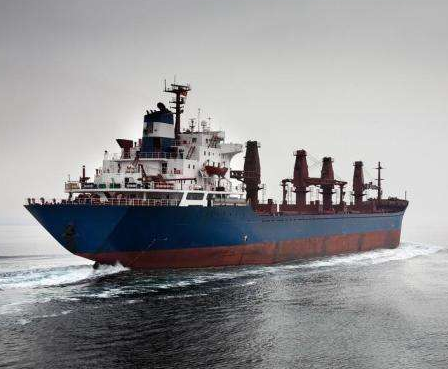Gradually move towards high added value
For a long time, when talking about China's shipbuilding industry, many people will always associate it with low added value, but now people may change this view. Taking the largest container ship order in history as an example, the Central Daily News reported that it is particularly noteworthy that these vessels require both traditional low-grade boiler oil and environmentally friendly fuel liquefied natural gas drive system, which are dual fuels. The system's high value-added vessels are not cheap ships. Therefore, the unsuccessful selection on this order has made South Korea feel mixed.
In fact, in the process of rapid development, China's shipbuilding industry is gradually shifting from low value-added markets to high value-added shipbuilding markets such as large cruise ships, LNG ships and large container ships. According to the "Analysis of the Economic Operation of Shipbuilding Industry in the First Half of 2017" issued by the China Shipbuilding Industry Association, in the first half of the year, the world's most advanced 6,000-ton riprap ship built by China's backbone shipbuilding enterprises and the world's first 25,000 tons of LNG high-pressure dual-fuel groceries Ship, the world's largest 38,000 cubic meters ethylene carrier, the world's largest 21,000 tons cement carrier, the world's largest 19,000 tons passenger ship, cylindrical floating production storage and offloading platform (FPSO), semi-submersible marine pasture, saturation A number of high-end ship types and offshore engineering equipment such as diving support vessels were successfully delivered to shipowners. The 20,000-box container ship was successfully unloaded, and the 85,000-cubic-meter super-large ethane-ethylene carrier was started. The world's largest unofficial hospital ship and other projects were promoted in an orderly manner.
"There are more and more high value-added ships built by Chinese enterprises, which is in line with changes in market demand. Especially with the increase in requirements for environmental protection and technology in ships in the international market, high value-added ships are becoming an important competitive field. As China's shipping companies accelerate the deployment of this market, actively promote the improvement and upgrading of technology, and strengthen international cooperation and the introduction of global innovation resources, the competitiveness of China's shipbuilding industry in the high value-added ship market continues to increase.
At the same time, in terms of policies, the state also strongly supports the shipbuilding industry to accelerate transformation and upgrading. In January of this year, the Ministry of Industry and Information Technology and other six departments jointly issued the "Shipbuilding Industry Deepening Structural Adjustment, Accelerating Transformation and Upgrading Action Plan (2016-2020)" (hereinafter referred to as the "Action Plan"). Experts pointed out that the plan has three points worthy of special attention: First, it emphasizes the shipbuilding industry support and strengthens the supporting guarantees to enhance the overall efficiency of the Chinese shipbuilding industry. At present, China has begun to build domestic luxury cruise ships. This kind of ship needs more powerful supporting capabilities. Second, it is to build Chinese brands. This is an inevitable requirement for China's manufacturing to enter a new stage. Third, it proposes financial and insurance support to encourage financial institutions and insurance institutions. Support the shipbuilding industry.

The future is still bright
"From a global perspective, China is a well-deserved shipbuilding power, and with the enhancement of innovation capabilities, structural system improvement, market competitiveness and accelerated domestic demand, China is accelerating its turn to shipbuilding power." Hu Wenlong said Despite the current downturn in the international market, China's shipbuilding industry is facing difficulties in receiving orders, falling profits, and external risks. However, as far as the overall situation is concerned, China's shipbuilding industry will still be able to maintain its advantages and its future prospects remain bright.
The "China Shipbuilding Industry Research Report: 2017-2021" released by foreign market research institutions in June this year predicts that China's shipbuilding industry will have a lot of room for development in the next few years. Among them, in the international market, Chinese shipbuilding enterprises have lower cost advantages than Japan and South Korea; at the same time, the demand in the domestic market is also increasing.
The external environment facing China's shipbuilding industry has improved. Since the outbreak of the financial crisis, the global shipbuilding industry has experienced a 10-year overcapacity and a sharp decline in trade activity. Now the industry is finally beginning to have a “fundamental change”. In other words, the shipbuilding industry is currently recovering.
China Shipbuilding Industry Association predicts that in 2017, the global economic growth rate will rebound and the demand for seaborne trade will increase slightly. Some sub-segment ship types began to recover, and the market demand for refined oil tankers, small and medium-sized chemical tankers, feeder container ships, liquefied gas carriers and special ships was large. It is estimated that in 2017, China's shipbuilding completion will be about 40 million DWT, and the number of new ship orders is expected to increase compared with the previous year.
Facing the overall good prospects, what kind of development can China's shipbuilding industry achieve in the next few years?
The Action Plan gives a clear goal: by 2020, strive to enter the ranks of the world's shipbuilding powers and advanced countries in marine engineering equipment manufacturing. Strive to increase the market share of shipbuilding by 5 percentage points on the basis of the “Twelfth Five-Year Plan”. The international market share of offshore engineering equipment and high-tech ships will reach 35% and 40%; the industrial concentration will be greatly improved, and the top 10 shipbuilding enterprises will build ships. The completion amount accounts for more than 70% of the national total; the technological innovation capability enters the world for shipbuilding first.
















 RCCN WeChat QrCode
RCCN WeChat QrCode Mobile WebSite
Mobile WebSite
